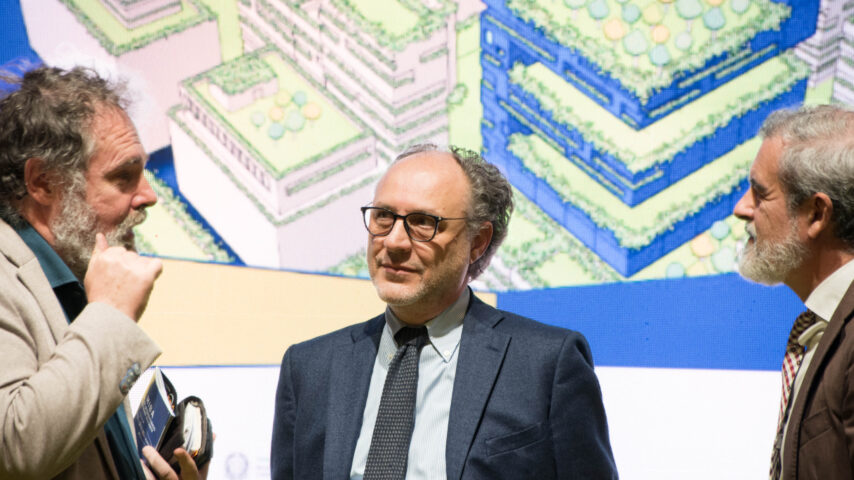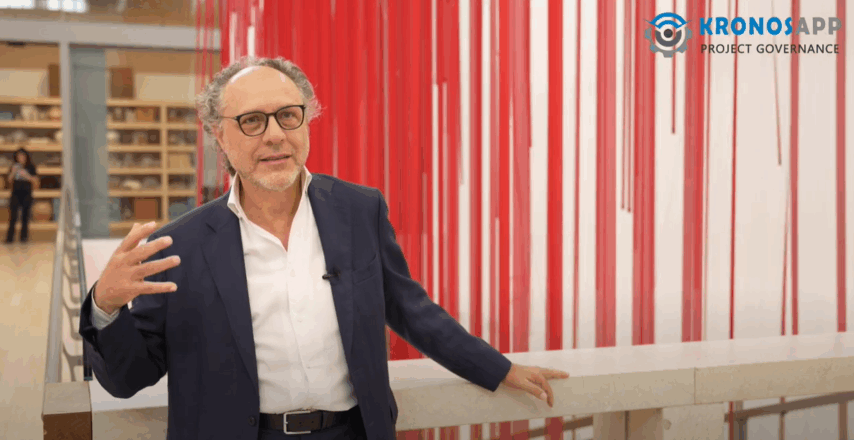For the B&B People series, we dedicate space to the skills that drive our projects. This interview explores the role of Safety Coordinator through the voice of Gabriele Brunod.
Before becoming Safety Coordinator at B&B Progetti, did you work in design?
Yes, I worked in design at all levels at the beginning of my professional experience.
For an Assistant Coordinator (and future Safety Coordinator), it is essential to engage not only in site practice but also in the design phases.
What role does a Safety Coordinator have during the design phase?
Contrary to what one might think, the Safety Coordinator has an active role already in the design phase: it is essential, in fact, to coordinate with designers to hypothesize, prevent, and arrange every maneuver so that works take place in complete safety for all operators.
It is necessary to think prospectively to anticipate the eventual, and probable, constructive, structural, organizational, and site needs.
What procedures and criteria do you adopt to identify potential safety risks in the design phase and on site?
In-depth knowledge of every methodological phase of each individual work process is the basis for a significant reduction of safety risks for all operators involved. Furthermore, analyses of the surrounding environment are fundamental, as they have a notable impact on every aspect related to safety.
Consider, for example, the presence of schools or public parks near the construction site: in these cases it becomes essential to study a logistics plan that reduces vehicle traffic during peak hours, such as school entry and exit times.
How do you monitor the effectiveness of adopted safety measures and what actions do you take to constantly improve site safety?
The most immediate and effective method for verifying compliance with safety regulations is, certainly, presence on site through inspection visits and periodic coordination meetings.
Efficient collaboration and harmony among all figures present on site (such as CSE, Workers’ Safety Representative, representatives of employed companies) also allows finding strategies and solutions aimed at improving safety.
What are the main challenges of your role as Safety Coordinator and how do you address them?
Despite a safety plan being drafted, site needs change continuously, so it is necessary to be ready at any moment to find new solutions.
Furthermore, construction methods are constantly evolving and this makes it difficult to apply regulations which, despite being updated periodically, are in some cases obsolete.
It is therefore necessary to keep pace both through specific courses and through dialogue with colleagues.
If you had to describe with one word the value that safety adds to our projects, which would you choose and why?
I would choose the word “reliability.” Safety, in fact, ensures that projects can function without risks or unexpected interruptions, making them solid and trustworthy over time.
A safe site compliant with regulations reduces accidents and contributes to project completion within the expected timeframes and costs.










